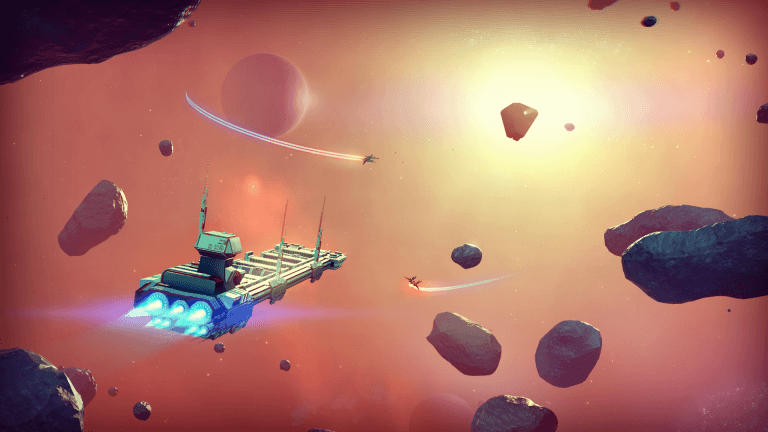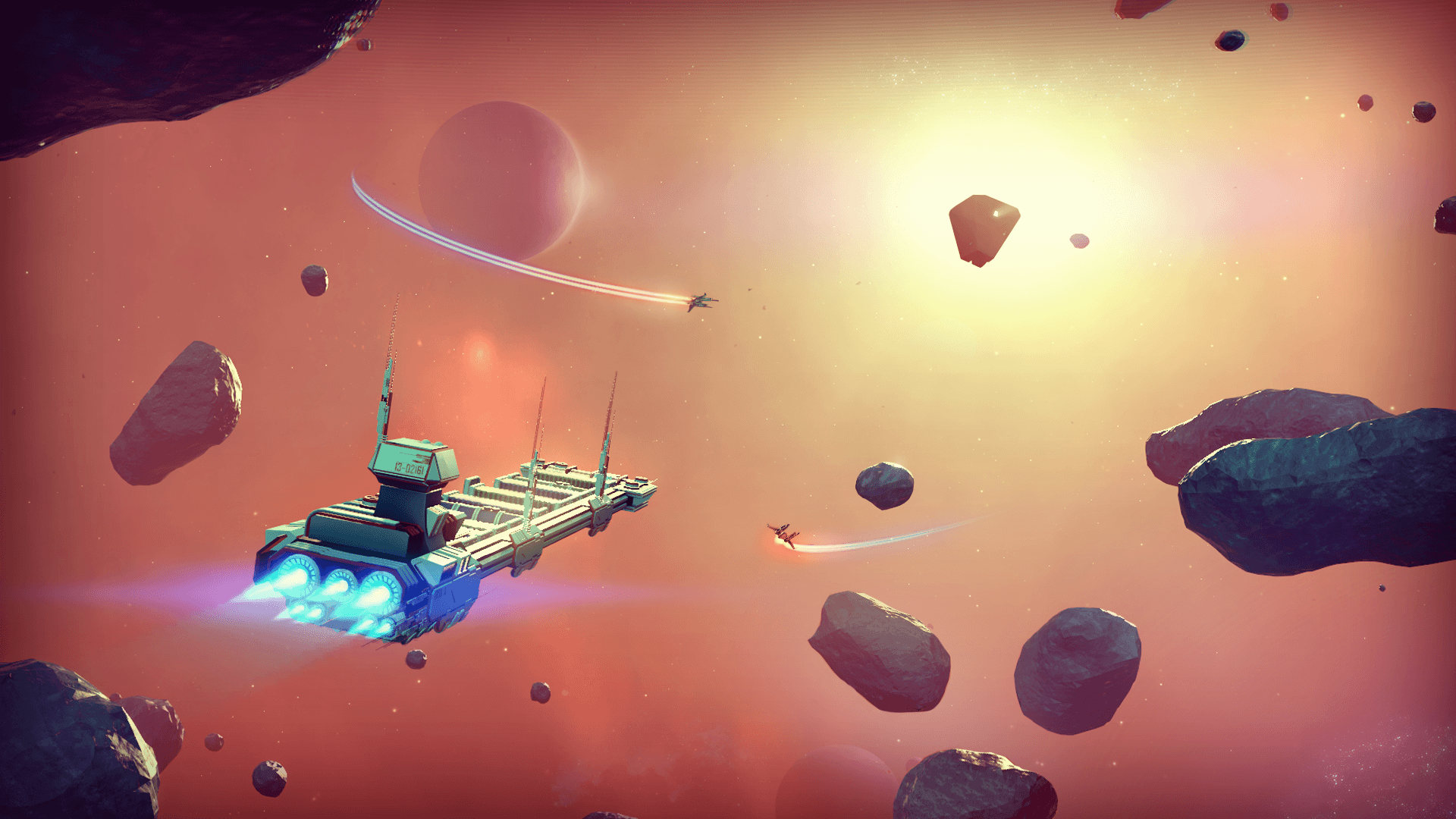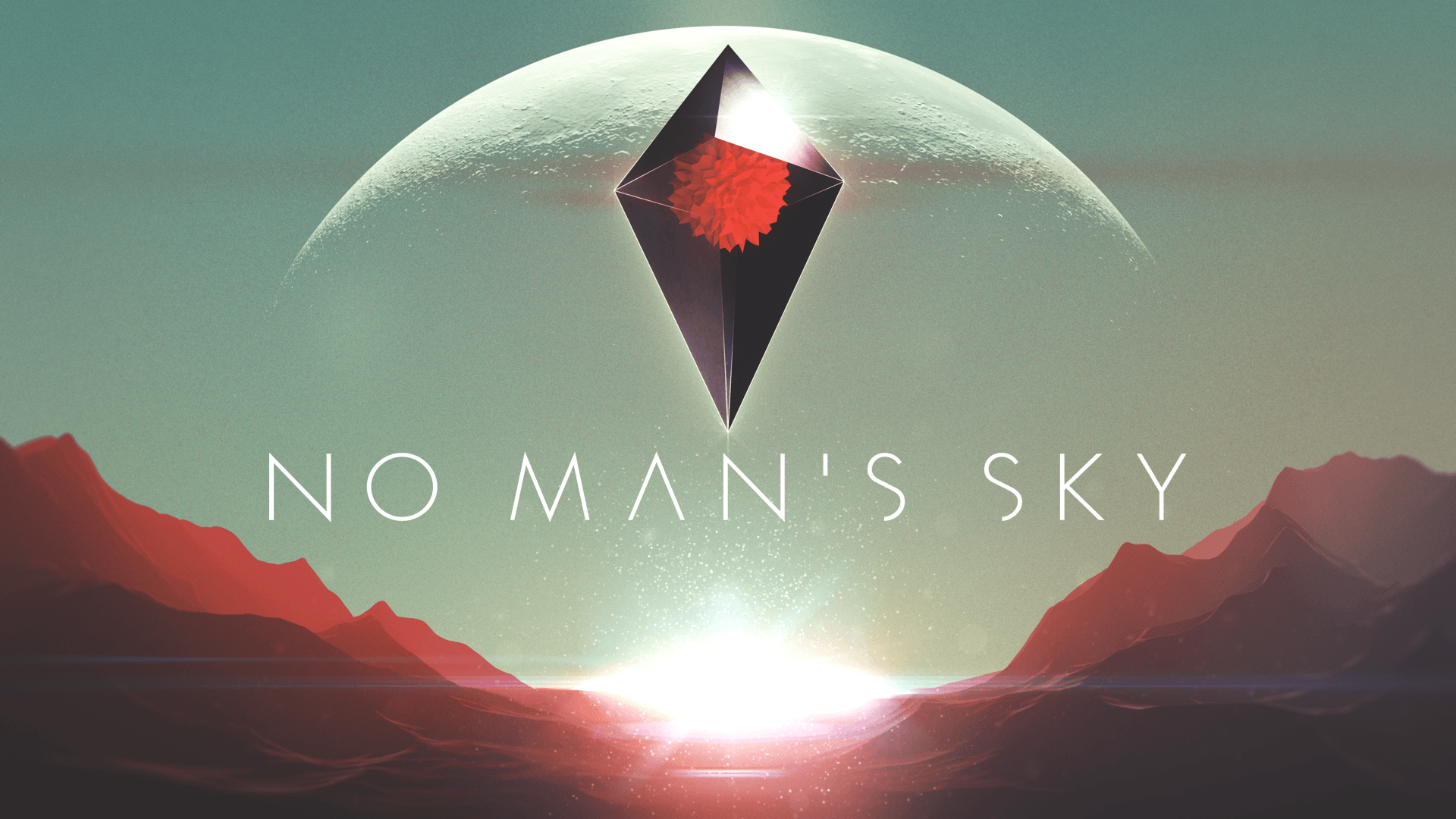 Outreach
OutreachGaming exoplanets
Imagine flying through a galaxy, landing on new planets and exploring, before zipping off to another one...well, now you can and Kyle Jobson of the National Space Centre thinks it's all good fun.
 Outreach
OutreachImagine flying through a galaxy, landing on new planets and exploring, before zipping off to another one...well, now you can and Kyle Jobson of the National Space Centre thinks it's all good fun.


No Man's Sky logo
Image Credit: Hello Games
Imagine flying through a galaxy, landing on new planets and exploring, before zipping off to another one...well, now you can and Kyle Jobson of the National Space Centre thinks it's all good fun.
No Man's Sky is a game, and it's nothing to do with the National Space Centre – or with the RAS or A&G. But it is great fun, inventive and thought-provoking, according to Jobson, a producer at NSC Creative, part of the NSC. The game involves exploring planets in an imaginary galaxy, using artificial chemistry that mimics some of the rules of actual chemistry, and real maths and physics of planetary systems
There are 18x1018 possible planets to be explored: far more than are likely to exist in the Milky Way. The game produces potential planets on the fly as combinations of possible chemistries, biologies and geologies (procedural generation, for the technically minded). Players explore, share their discoveries and trade valuable minerals and finds.
"The idea of young gamers, enthused by a video game, sitting in a classroom discussing chemical reactions, atmospheric pressures, the distances of interstellar travel, or simply considering what lies beyond the horizon of our Solar System is something worth saluting," says Jobson.
Read his blog The Science behind No Man's Sky at the National Space Centre website and have a look at the Hello Games No Man's Sky site.
If you would like to submit an article to A&G Forum then please go here.